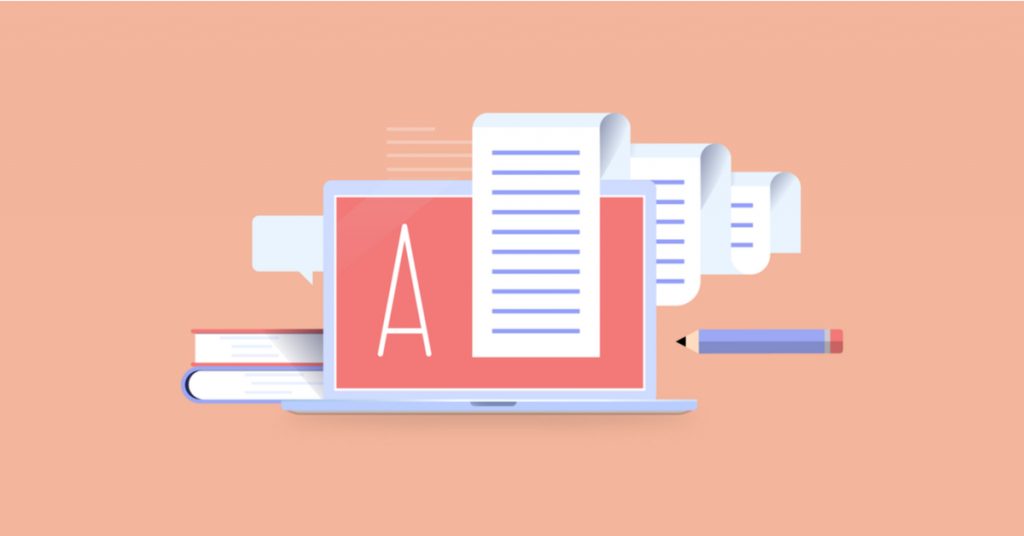What Is SAT® Writing and Language?
The Writing and Language section of the SAT® test assesses your skills in editing and improving errors and weaknesses. After reading a passage, you will answer questions about improving the main points, grammar, punctuation, word choice, structure, or tone. To succeed with these questions, you will need to pay attention to the context’s effect on a sentence or a word’s function. The results you receive from the Writing and Language section are combined with your results from the Reading section, then scaled to a Reading and Writing Score between 200 and 800 points.
How To Prepare for SAT Writing
This section tests your command of evidence and your skills with words in context. It will also ask you about small detail errors and big picture mistakes.
Question Types
Command of Evidence Questions
Command of evidence questions will ask you to assess possible improvements in the development of an argument. Some questions will ask you to select the most effective introductory evidence. Others will ask you to evaluate possible additions to an argument. The last type will ask you to determine how data should be presented in the passage to mirror the data in a graphic. Learn more about the command of evidence questions in the SAT Writing and Language test here.
Words in Context Questions
Words in context questions will ask you to assess the diction in a provided passage. For these questions, you will need to understand the surrounding contexts in order to improve the word choice. Sometimes you will replace a word in question in order to improve the style or tone, and other times you will have to select a word to fit the given space. Given your understanding of the word’s context, choose the word that works best as a replacement, or match the tone of the passage by improving word choice.
You can find some examples of words in context questions here.
Big Picture and Small Detail Questions
These questions will ask you to assess structural improvements. For big picture errors, you will need to spot and correct mistakes in a sentence’s function. This can look like asking if a sentence should be added or deleted or asking how a transitional word or phrase could improve the argument’s flow. Small detail questions will ask about punctuation errors, grammar errors, and sentence structure errors. You should have an understanding of Standard English Conventions for the small detail questions.
Structure and Format
The Writing and Language test is made up of 44 multiple-choice questions to be answered in 35 minutes. You will have to read four passages focused on topics in careers, social studies, humanities, and sciences. Each passage is followed by 11 questions that are all based on that passage. The questions may point to specific lines in the passage, but an understanding of the passage as a whole is necessary to answer each question.
Tips for the Writing Section of the SAT
1. Get Comfortable Evaluating Data
Students are often caught off guard by the graphics, charts, and tables presented in the SAT test. During the Writing test, you will have to interpret the data presented in a graphic and decipher if the information is accurate to the data in a passage or if the passage needs to support the graphic through additional information. You should get comfortable with data interpretation in your practice and studying before the test day.
2. Don’t Get Too Caught up While Reading
If you are a slow reader, don’t get too caught up trying to analyze every detail in the text. While you will need to understand the passage as a whole and evaluate various contexts around a specific word or phrase, a lot of your work will be cut out for you already by pointing directly to the sentence, word, or phrase in the question. You can easily move back and forth between the questions and the text. If you are a slow reader, you should consider that some students strategize by reading to understand the passage first, then later focus on the details specified by the questions.
3. Read Nonfiction
Pay special attention to methods, style, structure, flow, and evidence when reading non-fiction, argumentative, explanatory texts. You can learn a lot by studying the ways authors use evidence to back up a point and use transitions to maintain a flow between the ideas.
4. Focus on the Writing You Do for School
When it comes to editing, the most experience you have before the SAT test will be from your own work. Work on the basics (things like introductions, main points, logical transitions, and conclusions) in your everyday school work.
5. Study Standard English Conventions
You will want to be comfortable with grammar, punctuation, and usage rules to succeed in this part of the SAT exam. We have articles on parallelism, verb tense, modifier rules, subject-verb agreement, pronoun case rules, pronoun agreement, wordiness and redundancy, relative pronoun rules, sentence fragment and run-ons, and comparison rules.
You can practice these strategies and tips for the Writing and Language test by using UWorld’s SAT Prep course. Our practice exams, detailed question explanations, and performance tracking tools can provide you with realistic experience for test day. You can also find out more about your weak points through these resources. Try them out to boost your scores!
